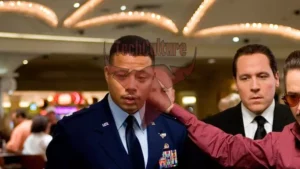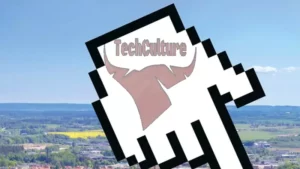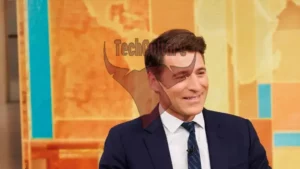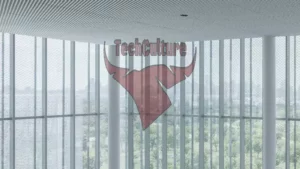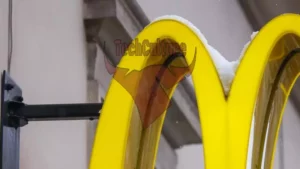Tesla’s Full Self-Driving Technology Faces Scrutiny from Industry Expert
Jesse Levinson, co-founder and CTO of autonomous vehicle company Zoox, has shared his experiences and concerns regarding Tesla’s Full Self-Driving (FSD) technology at TechCrunch Disrupt. As a Tesla owner who occasionally uses the FSD feature, Levinson described the experience as stressful, citing potential complacency as a significant concern.
Tesla’s FSD technology is a cornerstone of the company’s vision for fully autonomous vehicles and robotaxis. CEO Elon Musk has ambitious plans to deploy unsupervised vehicles as early as next year. However, Levinson’s comments highlight the challenges and risks associated with the current state of the technology.
The Tesla executive pointed out that while FSD often makes correct decisions, its propensity for unexpected errors creates a tense driving experience. This unpredictability has drawn the attention of regulators, with the National Highway Traffic Safety Administration currently investigating crashes involving Tesla’s FSD technology.
Levinson also criticized Tesla’s reliance on cameras for autonomous driving, arguing that additional hardware is necessary to ensure safety. He emphasized that robotaxis should significantly outperform human drivers in terms of safety, suggesting that Tesla’s current technology may fall short of this benchmark.
However, alternative perspectives exist within the industry. Andrej Karpathy, former senior director of AI at Tesla, noted that the company utilizes LiDAR technology during the training phase, unlike competitors who deploy it in active systems. Karpathy suggested that Tesla’s approach could prove more scalable in the long term.
In contrast to Tesla’s camera-centric approach, Zoox employs a combination of LiDAR, radar, and cameras for its autonomous system. Levinson announced plans to test Zoox’s robotaxi in San Francisco and Las Vegas in the coming weeks, potentially setting the stage for increased competition in the autonomous vehicle market.
As the debate over autonomous driving technology continues, Tesla maintains that its FSD feature requires active driver supervision and is not fully autonomous. The company’s website clearly states this requirement, underscoring the ongoing challenges in achieving true self-driving capabilities.
With regulatory scrutiny intensifying and industry experts voicing concerns, the race to develop safe and reliable autonomous vehicles remains a complex and contentious issue in the automotive and technology sectors.
